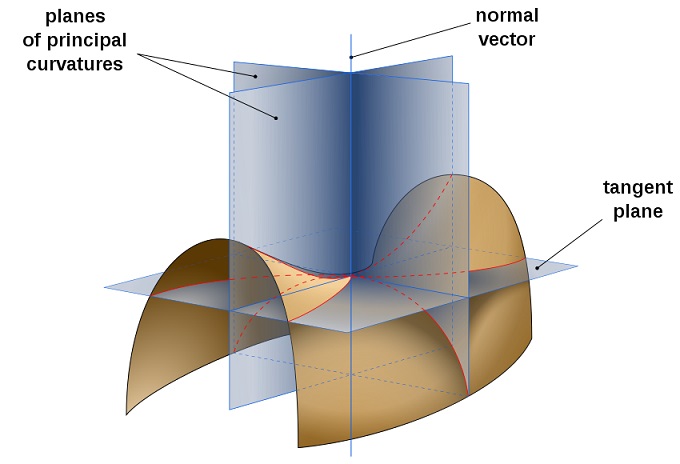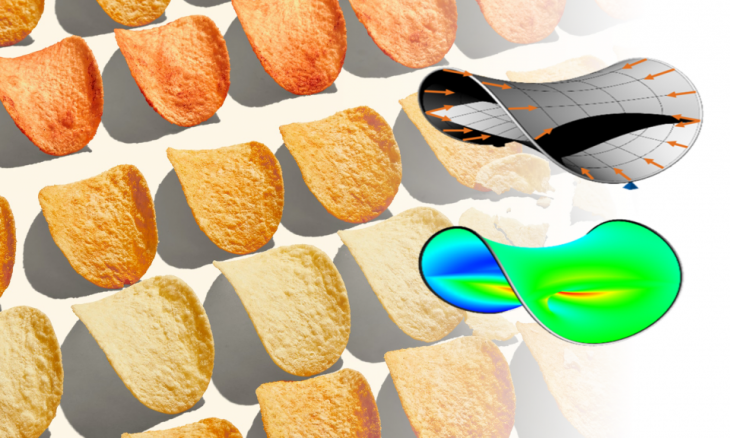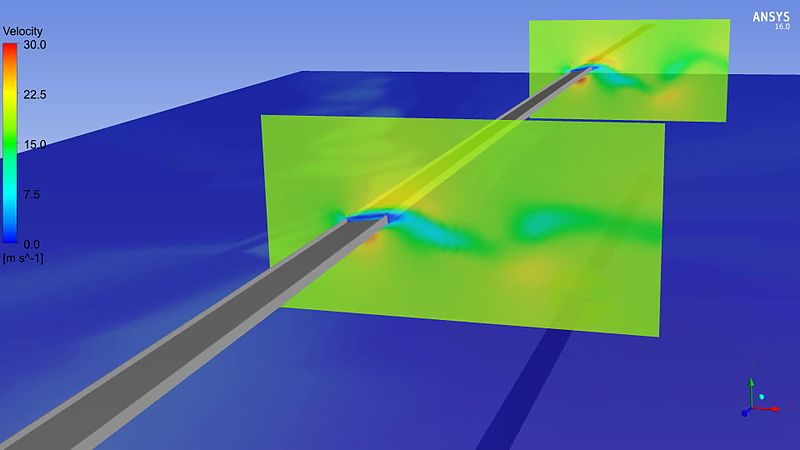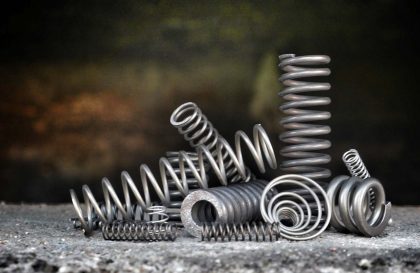Mathematics is not about equations, numbers, computation or algorithms: It is about Understanding! There are many ways to understand it – the one that this post is based on is real-life visualization.
You’re probably wondering about the double-curved shape of a Pringles chip, and what its technical mathematical name is. Wonder no longer. Your average, unsullied Pringle is a hyperbolic paraboloid.
Let’s talk about how the bottom-most Pringle doesn’t crack with all of the other Pringles stacked on top of it. Apart from the fact that a Pringle naturally fit between your tongue and the roof of your mouth, why is the chip’s hyperbolic paraboloid geometry so special?
And how is this particular geometry exploited in architecture and engineering?
In the wonderful world of geometry, this shape is a quadratic surface and doubly ruled surface that has exactly one axis of symmetry and no centre of symmetry. This shape has many useful applications in the physical world from tasty potato snacks to impressive structural elements of buildings, to name but a few. In the case of the latter, as hyperbolic paraboloids are doubly-ruled, they are relatively easy to construct using a series of straight structural elements.
For this reason, you will often find them used to construct thin “shell” type roofs. These can either be formed using timber or steel sections, that are then clad, or they can be constructed using concrete.
“The use of hyperbolic paraboloids as a form of thin shell construction was pioneered in the post-war era, as a hybrid of modern architecture and structural engineering. Being both lightweight and efficient, the form was used as a means of minimizing materials and increasing structural performance while also creating impressive and seemingly complex designs.” –
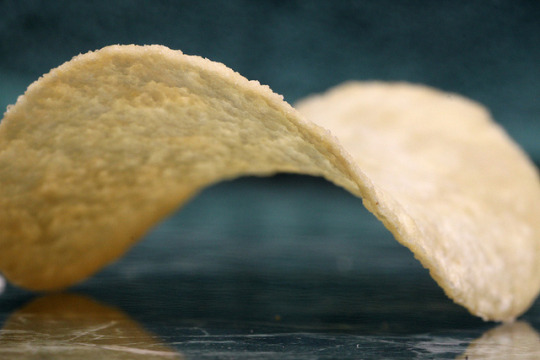
Why is Pringles a hyperbolic paraboloid?
The saddle shape allowed for easier stacking of chips. This also minimized the possibility of broken chips during transport. Since it is a saddle, there is no predictable way to break it up. This increases the crunchy feeling and hence that weird satisfaction. The concave U-shaped part is stretched in tension (shown in black) while the convex arch-shaped part is squeezed in compression (shown in red).
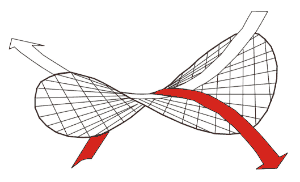
Through double curvature, this shape strikes a delicate balance between these push and pull forces, allowing it to remain thin yet surprisingly strong.
The hyperbolic paraboloid’s intersecting double curvature prevents a line of stress from forming, which doesn’t encourage a crack to naturally propagate. That’s why Pringles have that extra crunch in them when you either bite a piece off or when you put a whole Pringle in your mouth.
If you frequently eat Pringles you would know that they never break off symmetrically but instead, they crack in different directions and produce flakes with varying shapes. It’s all due to the hyperbolic paraboloid geometry of each chip.
